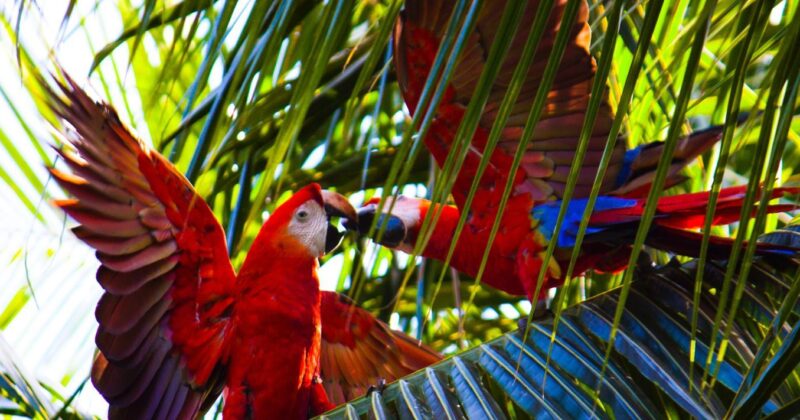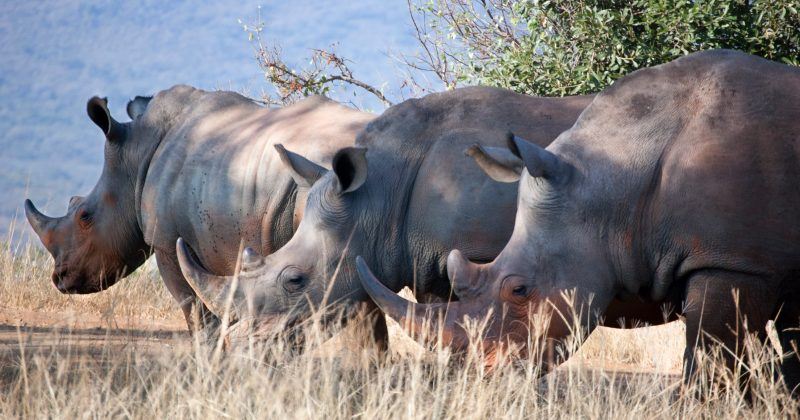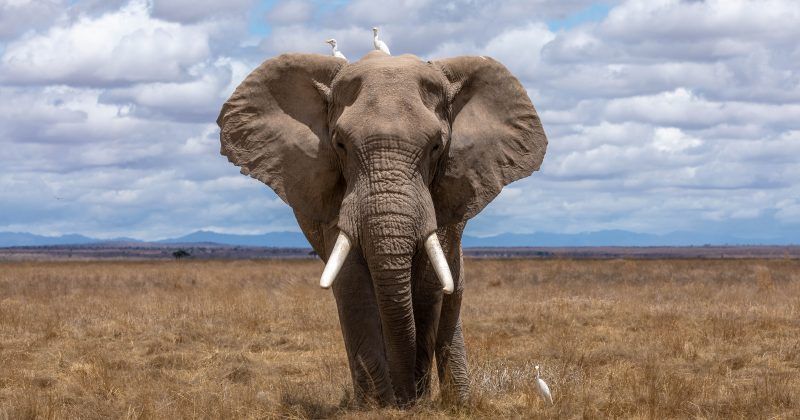Beavers on the return to the wild?
In 16th Century Britain the Eurasian Beaver (Castor fiber) was sadly hunted to extinction for its fur, meat and scent glands.
Beavers are known as a keystone species or ecosystem engineers, meaning that they benefit the area around them. This has resulted in projects across the UK trialling the re-introduction of beavers to the wild starting with large enclosures at nature reserves.
Beaver Benefits
Creation of dams and ditches which aids in the formation of wetland habitat
Wetland habitat holds more water in the landscape which filters silt and agricultural chemicals from the water
Wetlands are crucial to combatting climate change due to the capturing and storage of carbon and the reduction of greenhouse gases
Reduction of flooding
Encouraging new species into the area, increasing biodiversity
Changes in vegetation composition and diversity
(Summarised from current project information by the Wildlife Trusts.)
Consideration for the wider release of beavers into the wild is now able to take a step forward with DEFRA announcing legal protection for the species from October 2022...





